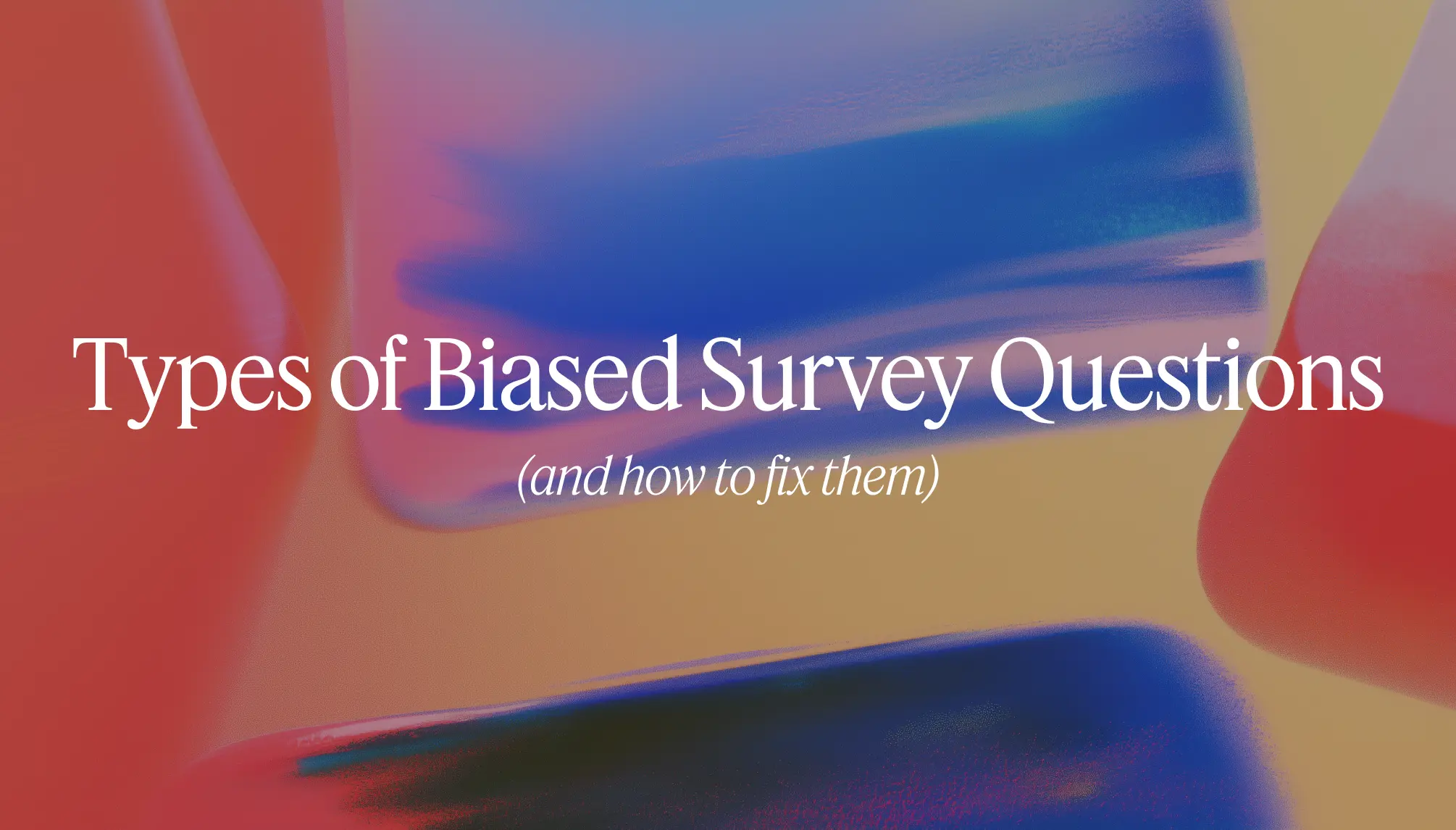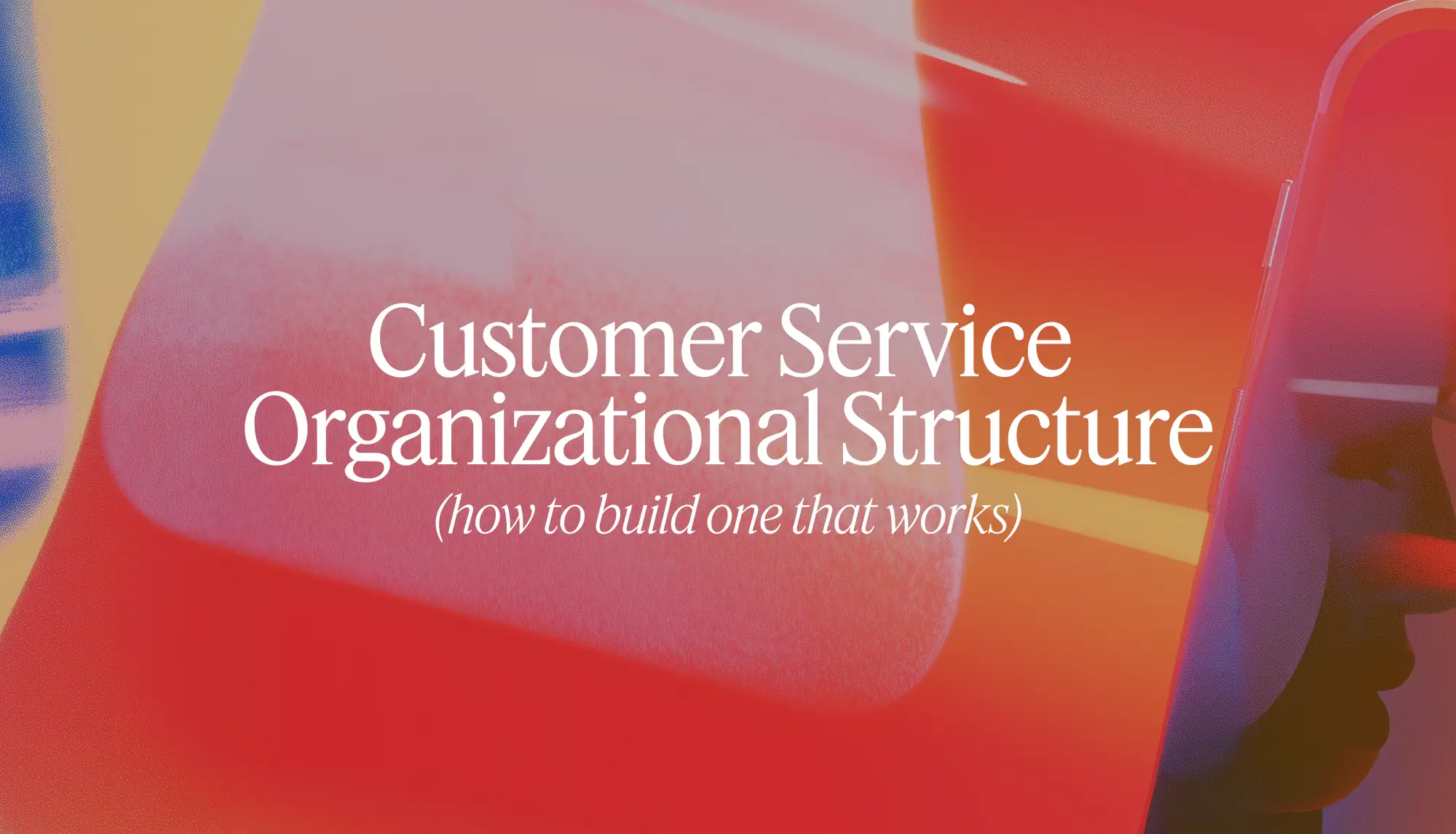
Written by
Lisa Popovici
Why social media is customer service's biggest untapped opportunity (and how AI finally makes it scalable)
July 30, 2025
3
min read
Last week my team demoed Siena for a beauty brand managing over 5,000 social media interactions monthly. Two people. Five thousand messages across Instagram, TikTok, Facebook, and YouTube. All handled manually through Sprout Social.
"It gets crazy to manage, to be honest," their social media manager told us. "We're in there responding to everything manually - either redirecting people to customer service or trying to give them the resources they're looking for."
This conversation reminded me why social media represents customer service's biggest missed opportunity. Social platforms aren't just marketing channels anymore - they're where customers naturally turn for support. But most brands treat social customer service like an afterthought, using manual processes that don't scale and can't capture meaningful insights.
The problem isn't that brands don't want to provide great social media support. It's that the infrastructure wasn't built for it. Traditional social media management tools like Sprout Social excel at publishing and listening, but they're not customer service platforms. When someone comments with a problem, you're stuck manually copying and pasting responses, redirecting customers to email, and hoping they follow through.
Meanwhile, your customer service team has sophisticated AI tools, automation workflows, and detailed analytics - but none of it works for social media. You end up with two completely separate operations that can't share knowledge or leverage each other's capabilities.
That's exactly why we built Siena differently. Instead of trying to turn social media tools into customer service platforms, we made Siena work natively with both your existing helpdesk and your social channels. When someone messages your brand on Instagram, it creates a ticket in Gorgias or Kustomer just like an email would. Your AI agent can access order information, process returns, and take real actions - not just send templated responses.
But here's what makes social media customer service truly powerful: it transforms community management from reactive posting to proactive relationship building. When you can respond thoughtfully to every comment, answer product questions in real-time, and provide personalized recommendations, you're building a community.
Think about the trust and loyalty created when a potential customer asks about skincare concerns in your Instagram comments and receives genuinely helpful advice tailored to their specific needs. Or when an existing customer shares frustration publicly and gets immediate, personalized support that resolves their issue. These interactions don't just solve individual problems - they demonstrate to your entire community that you're genuinely invested in their success.
Each platform has its own culture, demographics, and communication style. Instagram users expect visual, concise responses. TikTok audiences prefer casual, authentic interactions. Facebook users might want more detailed explanations. But more importantly, each platform represents different stages of the customer journey. TikTok and Instagram often capture pre-sale attention, while Facebook and direct messages typically handle post-sale support.
With Siena, you can create different AI personas for each channel while maintaining consistent brand knowledge and leveraging the full customer journey. Your Instagram agent might use emojis and keep responses under 150 characters while helping followers discover the right products for their needs. Your TikTok agent can engage with trending conversations while seamlessly transitioning interested users toward purchase decisions. Your Facebook agent provides detailed post-sale support while building long-term customer relationships.
This approach transforms social media from a marketing expense into a revenue-generating customer experience channel. Pre-sale interactions become consultative selling opportunities. Post-sale support builds the kind of loyalty that turns customers into brand advocates who attract new followers organically.
The technical breakthrough that makes this possible is treating social interactions as customer service tickets rather than marketing touchpoints. When someone DMs you about a missing order, Siena can look up their purchase history, check shipping status, and even process exchanges - all within the social conversation. No more "please email us" redirects that create friction and lose customers.
For public comments, we handle things differently. Nobody wants to see detailed order information in a public Instagram comment. Instead, Siena can respond appropriately to the public comment while creating a private ticket for follow-up. The customer gets acknowledged publicly and helped privately. But for pre-sale questions - "which serum works best for sensitive skin?" or "do you have this in size small?" - Siena can provide helpful, informative responses that showcase your expertise and guide potential customers toward the right products.
The community sees these helpful interactions and understands that your brand genuinely cares about customer success, not just sales. This builds the kind of authentic trust that drives both immediate conversions and long-term loyalty.
What really excites me about social media customer service is how it redefines community building and retention. Every interaction teaches you something about your customers' preferences, pain points, and behavior patterns. But when social interactions are handled manually and separately from your main customer service operation, those insights get lost.

More importantly, when you can only respond to a fraction of comments and messages due to resource constraints, you're missing countless opportunities to turn followers into buyers and buyers into advocates. The potential customer asking about product recommendations gets ignored. The loyal customer sharing their experience doesn't get acknowledged. These missed moments add up to missed revenue and weakened community bonds.
Siena changes this completely. Every social interaction becomes structured data that integrates with your broader customer service analytics, while also contributing to community growth and retention strategies. You can see which products generate the most support questions, which issues drive negative sentiment, how different demographics prefer to communicate, and crucially, which types of pre-sale interactions convert followers into customers.
During our demo, when the team saw Siena handle a complete address change through Facebook Messenger - looking up the order, verifying the customer, and processing the update in real-time - everything clicked. "This isn't just about saving time," their support lead said. "This is about meeting customers where they already are with the level of service they expect."
For brands ready to transform their social media strategy from a cost center into a customer experience advantage, the technology is finally here. And we're just getting started. Our social media agent 2.0 includes direct Meta integration so you can deploy Siena without a helpdesk, advanced content moderation, and proactive DM capabilities that turn public comments into private conversations.
More to come. Stay tuned.
Interested in seeing how Siena transforms social media customer service for your brand? Reach out for a demo tailored to your specific social channels and support needs.






